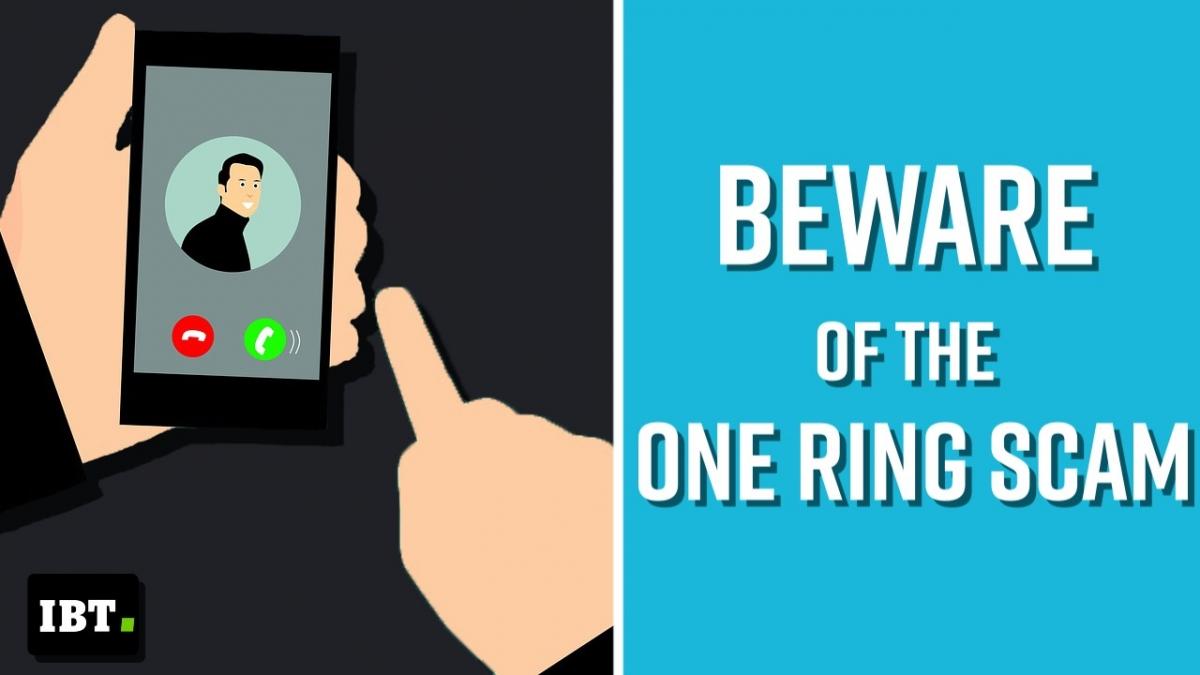For illegal robocallers, the goal isn’t always getting you to answer. Sometimes, it’s getting you to call back.
Every so often, your phone may ring once and then stop. If that happens to you, and you do not recognize the number, do not return the call. You may be the target of a “one-ring” phone scam.
One-ring calls may appear to be from phone numbers somewhere in the United States, including three initial digits that resemble U.S. area codes. But savvy scammers often use international numbers from regions that also begin with three-digit codes – for example, “232” goes to Sierra Leone and “809” goes to the Dominican Republic. Scammers may also use spoofing techniques to further mask the number in your caller ID display.
If you call back, you risk being connected to a phone number outside the U.S. As a result, you may wind up being charged a fee for connecting, along with significant per-minute fees for as long as they can keep you on the phone. These charges may show up on your bill as premium services, international calling, or toll-calling.
Variations of this scam rely on phony voice-mail messages urging you to call a number with an unfamiliar area code to “schedule a delivery” or to notify you about a “sick” relative.
HOW IT WORKS
Your telephone rings once and the call stops. The trouble maker on the opposite end trusts you get back to the number to see what its identity was for sure it was about. When you do, you’ll hear a recorded message that is expected to make you remain available, or more awful, to get you to get back to a subsequent time.
For instance, the message might say: “Hi … hi? … I’m experiencing difficulty hearing you. Hi? … Will you if it’s not too much trouble, get back to?”
Each time you call, you will be charged high worldwide rates or other association expenses. The miscreant gets all or part of those charges.
Another illustration of how the miscreants attempt to make you remain available is by telling you: “You’ve gotten a melody from somebody who loves you. In the wake of paying attention to this tune you will discover who sent this tune as a gift.” The more you stay on the call, the more you pay. What’s more the more the trouble maker makes.
These tricks are otherwise called “Wangiri,” which comes from Japan where the trick started years prior and implies one-ring-and-cut. (One ring and done.)
WHAT TO DO TO BE SAFE FROM IT?
Try not to answer calls from numbers you don’t perceive. This is solid counsel by and large, since it can assist with shielding you from different tricks, for example, caricaturing. (Learn more here.)
Assuming you get a one-ring call from an obscure number, don’t get back to that number.
Assuming you return to your telephone and have a missed call from an obscure number, fight the temptation to get back to it. Control your interest to all the more likely shield yourself from tricks.
Assuming you in all actuality do return a missed call, watch for a + to show up in front of the space code. The in addition to sign signals a worldwide call being put – which implies global calling rates. Assuming that is the situation, hang up right away.
Furthermore on the off chance that you hear an odd message, one like the model above, hang up right away. The more you remain available, the more you are being charged for the call.
More Information
We are persistently refreshing our frameworks to remain one stride in front of the miscreants and square calls from dubious numbers. In any case, trouble makers know this and oftentimes change the numbers they use.
Assuming you get a dubious call like this, let us know. You can report a dubious number to the cybercrime department .


Leave a comment